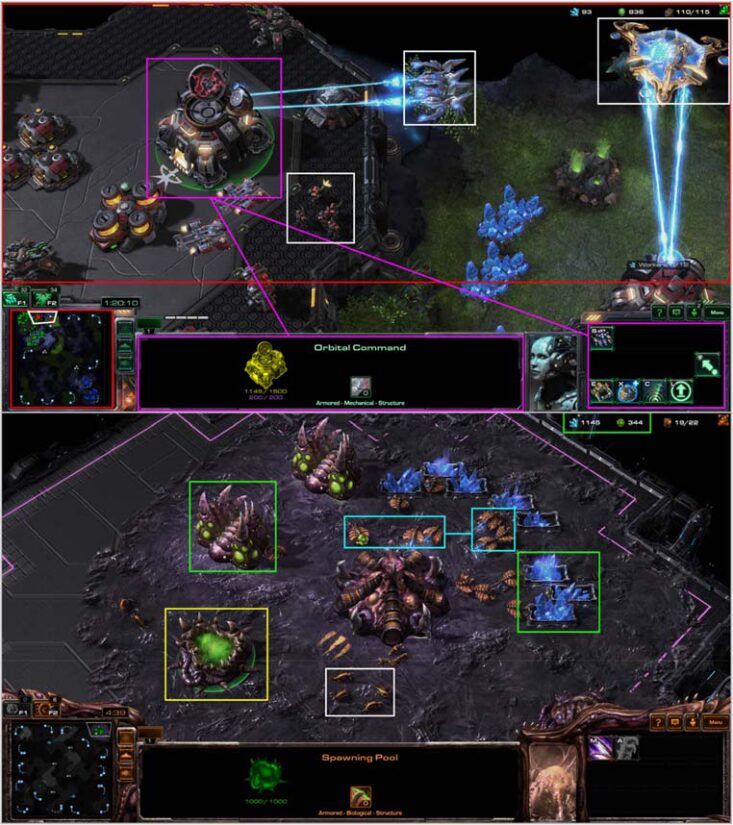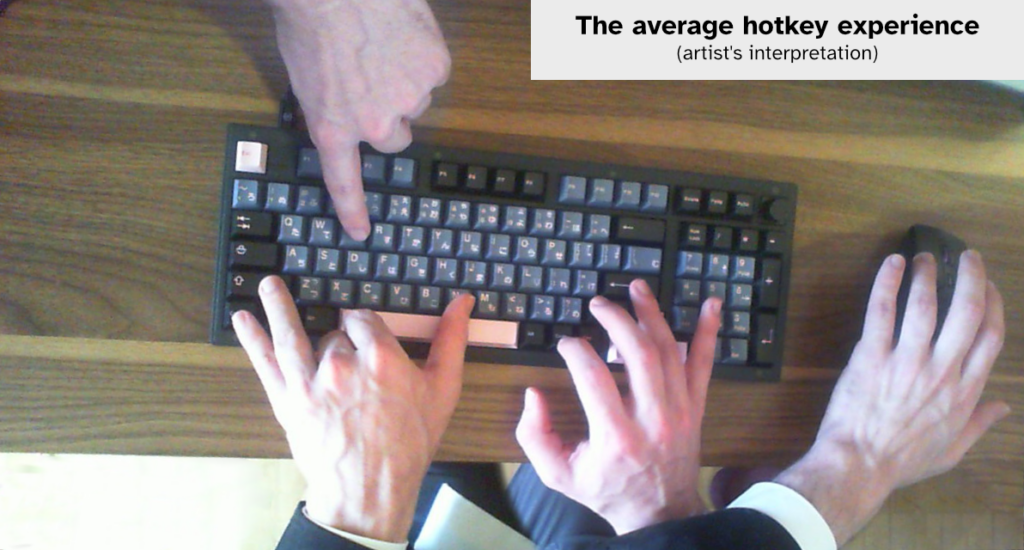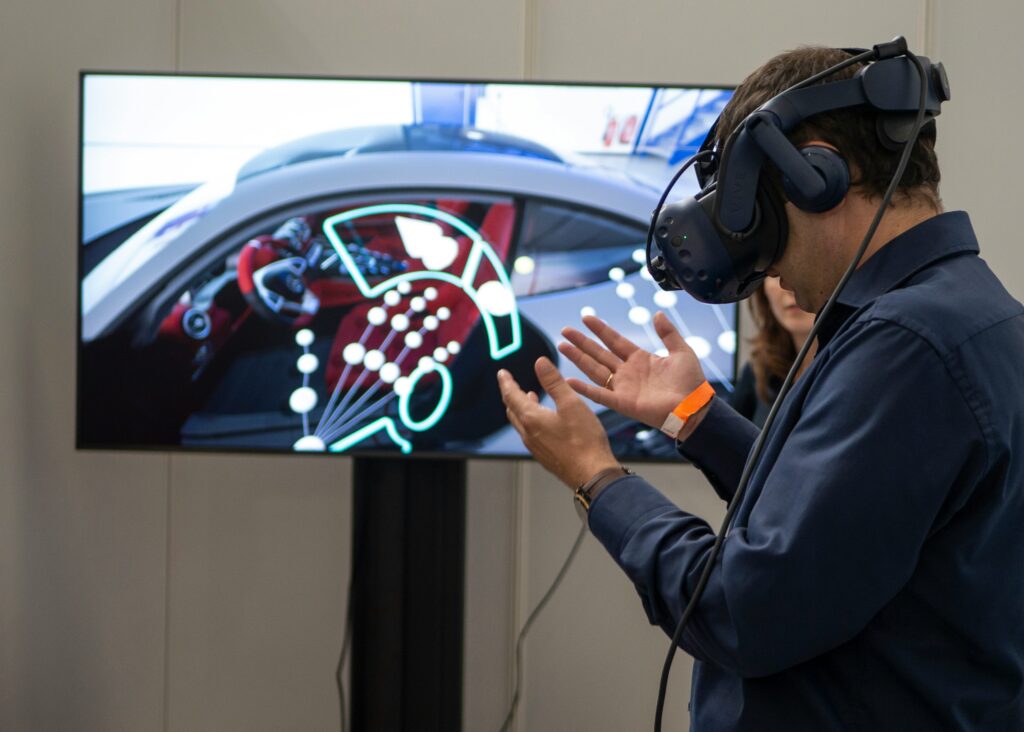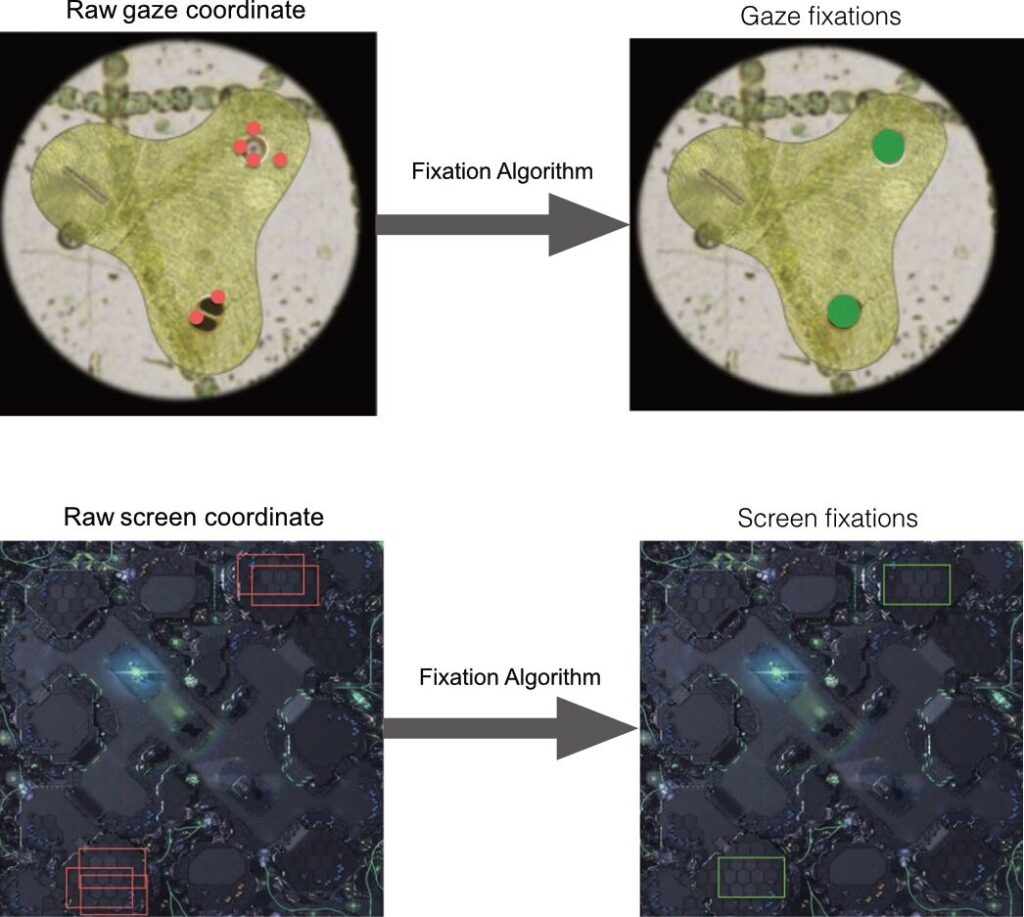About
The Cognitive Science Lab at Simon Fraser University studies learning, visual attention, and their interconnections to understand how learning changes the way we access information—both with our eyes, and via computer interfaces—and how accessing the correct information can improve our learning. Our methodologies include: experimental studies, naturalistic datasets of real world tasks (e.g., video games) in combination with eye-tracking, computational modelling of cognition, and big data analyses.

StarCraft 2
Using Esports to Study Cognition and Expertise
StarCraft 2 is a real time strategy video game in which players manage a military campaign against opponents. There are three important factors of StarCraft 2 that make it suitable for attention and learning research.
- Players use the interface to move their display to different portions of the environment, perform actions on the units/structures at that location, and shift their view elsewhere. This pattern bears a strong resemblance to eye-gaze fixations, and they reflect the spatial and temporal sampling of information.
- StarCraft 2 is a complex game and a domain of genuine expertise and diversity of skill. As in traditional sports, there are full-time professional players who compete for substantial prize pools.
- StarCraft 2 stores every action a player performs in replay files which are available to researchers, allowing us investigate performance of a naturalistic task non-invasively with a high degree of precision.
Full Text
Full Text
Full Text
ExNovo
Human Computer Interfaces
ExNovo is aimed at designing and testing a new computer interface that is grounded in what we know about human cognition. The effectiveness of Human-Computer Interfaces (HCI) are constrained by the limits human memory and attention, and existing interfaces leave a lot to be desired in how they can often overwhelm users. Think for instance about how many hotkeys your favourite text editor has, versus how many you actually use, versus having to dig through layer after layer after layer of GUI menus to find a function.
The ExNovo (*from the beginning*) interface aims to unify the speed of hotkeys with the learnability of a GUI, investigates how speed and performance differs between ExNovo and traditional menu-based interfaces, and explores how interface elements such as sound and visual coding might help to make interfaces easier to learn.
【 Paper out for review】


Virtual Reality
We are starting work into testing the viability of immersive virtual reality in conducting cognitive science research. Using the categroy learning paradigm, we are exploring how people change their behaviour over time as they learn to categorize different stimuli into their appropriate groups.
By the end of the 2023 edition, I have reviewed more than 100 papers, ranging from Germanic linguists to using deep learning with EEGs; from the philosophy of modular consciousness to false memory production, and beyond.
Full Text
Category Learning
The lab’s foundation is experiments on category learning, using eyetracking data to measure attention allocation as participants learn a categorization task. By varying feature set, information access, cost of errors, and more, we’re seeking insights into attentional allocation, learning, and cognitive modeling.
